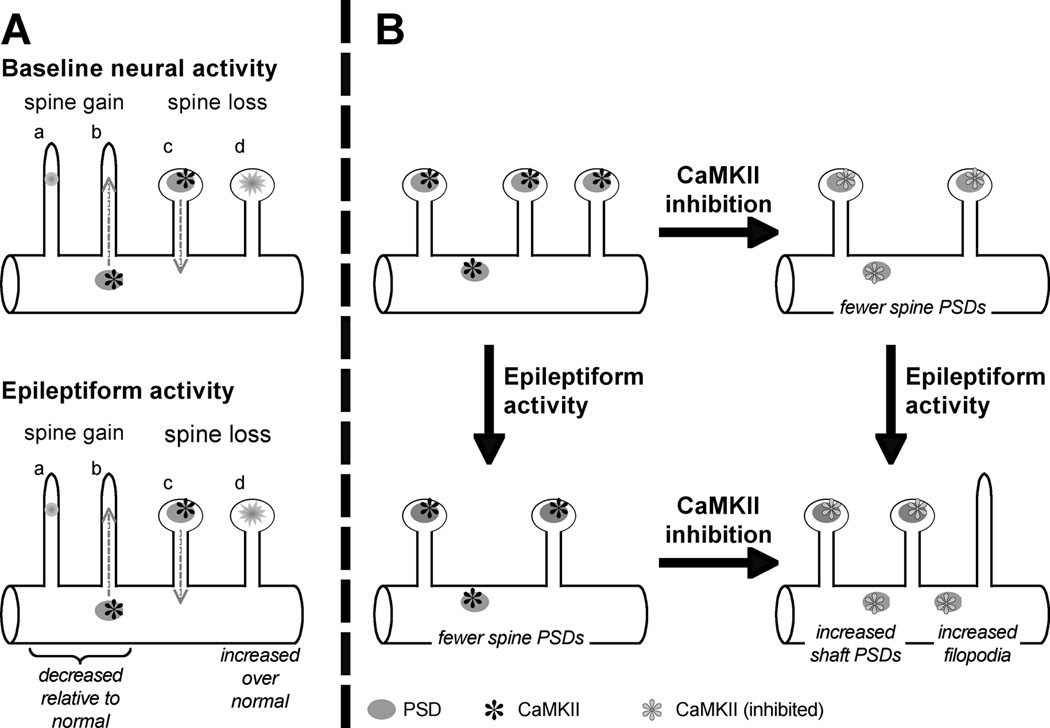Figure 6. Summary diagram showing effects of EA and of CaMKII inhibition on spine PSDs.
A. Previous observations (Marrs et al. 2001; Okabe et al. 2001) indicate spines are gained by de novo formation of PSDs (a) or translocation of PSDs from shaft to filopodium (b). Data presented here implicate postsynaptic CaMKII in spine gain and/or spine maintenance. Spines are lost by translocation of PSDs from spine to shaft (c) or disassembly of shaft PSDs (d). EA results in a gradual net loss of spines mainly due to a small decrease in the rate of spine gain and a small increase in the rate of spine disassembly (Zha et al. 2005). B. Diagram of spine remodeling during normal and EA and role of CaMKII: EA results in a net loss of spines and spine PSDs, as does CaMKII inhibition. CaMKII inhibition results in increased dendritic protrusions in EA but this is due to increased numbers of filopodia, not of spines. A parallel increase in shaft PSDs suggests that a role of CaMKII is to promote translocation of shaft PSDs into filopodia to generate mature spines.

